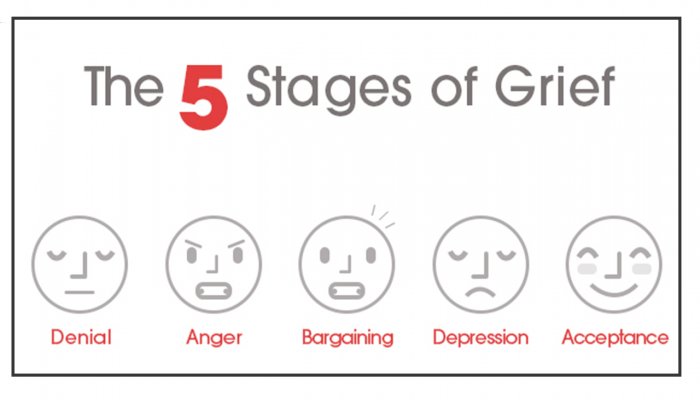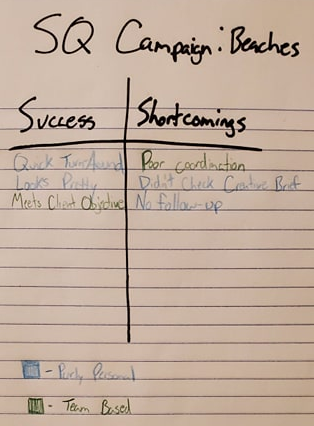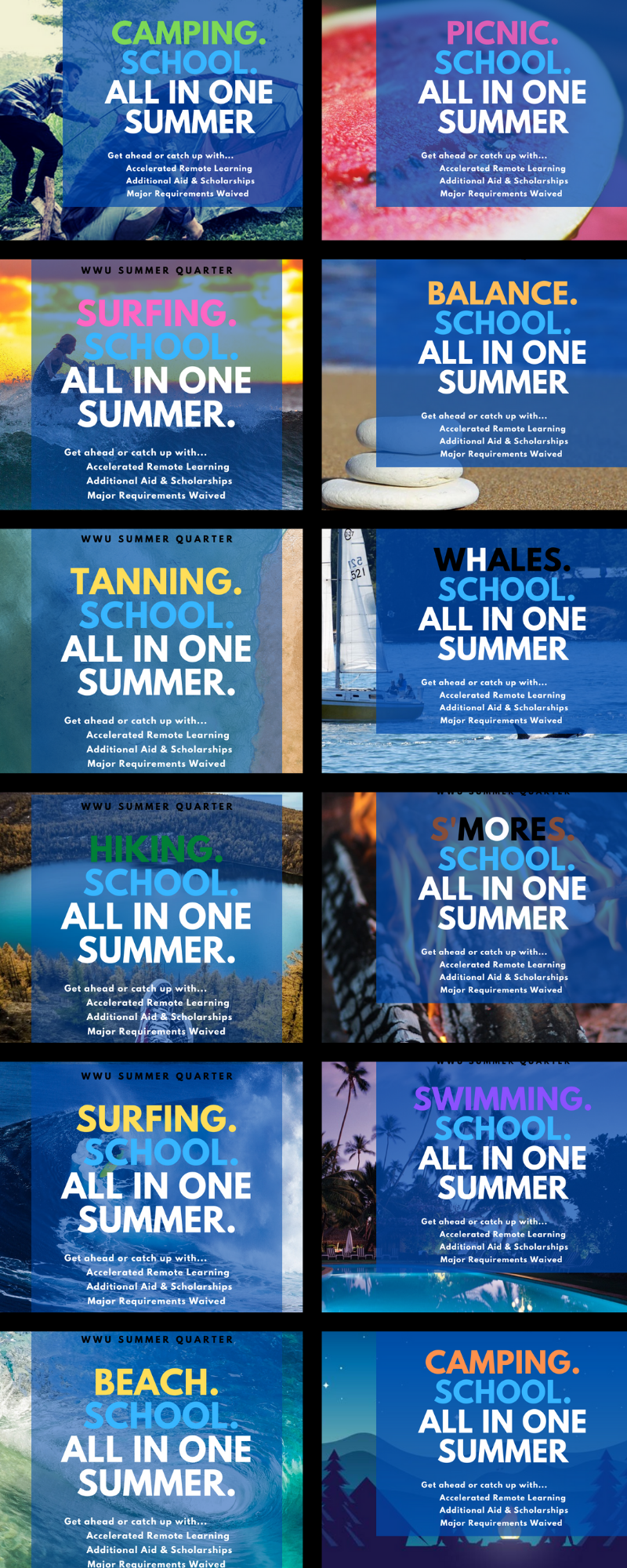4 Steps to Dealing with and Learning from Failure
So, You Had Bad Day
You tried your hardest and came up short. Whether your project was for work, school, or even if it’s something you told yourself you didn’t care about, you tried, and you failed. It hurts. We’ve all been here before. It’s not fun. It can feel like we’ve hit the end of the road and we don’t know where to go next.
Today we’re going to talk about getting over failures and learning from them. It’s not fun, and it’s not pretty

, but learning from our past helps us secure a better future. Learning this crucial step is what separates great marketers from the rest.
1) The Five Stages of Grief

The first step in dealing with failure is, well, five steps really. I don’t want to be dramatic; the death of a loved one is obviously harder to deal with than having a project underperform. The important part is to realize that these feelings are all valid and need to be worked through.
While going through these stages the important thing is to take a moment to hold onto and remember each of these feelings. If possible, I’d even recommend taking notes whenever you notice you’re in one of these headspaces (personally, I like using Evernote so I can record, access, and edit across multiple devices). Having access to a journal of your thoughts will help you discover patterns in your thoughts and habits that you otherwise might have missed. These notes come in handy for self-reflection as well as reflecting on where projects went awry.
2) Honest Evaluation
Both difficult and cathartic, an honest evaluation of what went right and what went wrong in your project is essential. This step is difficult, even more so if you haven’t taken the time to deal with the emotional aspects of failure from your grief cycle. It is important to avoid being overly critical or overly optimistic. We need to practice our pragmatism, which is an incredibly difficult task.
To better manage this, I recommend once again bringing out something to take notes and write with. I like to make a T-Chart of things that worked and didn’t work in regard to a specific project (If you really want to go the distance, I even recommend color coding items in your chart according to types of successes and failures). If you find that you begin to overload one side of the chart, take a moment, and again ask yourself why? See if you can stop writing in the dominating column for a few items. If you exceed a 2:1 ratio, you’re probably not looking at things with an even head.

3) Learning
In our last two steps we took the time to discover what made us upset, and why we fell short. Here is where we take the data we’ve gathered and turned it into knowledge. Analyzing results is the trigger for improvement. Take the photograph from above for example; an actual excerpt from a journal I did on the disappointing results of a Summer Quarter registration campaign that I was working on. I recognized what went right so that I can replicate it in the future and found what went wrong so I can try to fix the mistakes next time.
I discovered that all three of my identified short comings really boiled down to just one: poor communication. I had assumed that by creating a campaign with unified themes my team would naturally pick up where I left off. By not checking the creative brief or coordinating with the rest of my team I made it all but impossible for the others to assist. How would they know what I was thinking or planning? Everyone made a la carte content that never materialized into a central campaign, and we ended up not meeting our client’s needs.
What did I learn? Well, I learned that I need to improve my communication skills and do a better job of coordinating with others. This was especially surprising to me because communication tends to be a strength of mine. I looked back through old journals and found a unique variable: This was my first major project working remote.
4) Getting Back on the Horse
“Fall seven times, stand up eight.” – Japanese Proverb
You’ve already put in the work to identifying where things went wrong. Now it’s time to put your analysis into action and fix it for next time. If you’re fortunate enough you might have the chance to go back and fix your underwhelming project. If not? Well, c'est la vie. Move on and apply the lessons for next time.
In the instance of my failed Summer Quarter campaign, I found that we still had time left to act. My teammates and I coordinated a meeting to go over our materials and restructure the campaign with a unified message. We looked for strengths and weaknesses in each posts’ value propositions and imagery. Next, the team worked together to build a creative brief. We wound up taking the visuals and themes from my earlier campaign and changing the value proposition to better fit what we had identified as our primary and secondary target markets.

Conclusion
Failure is a hurdle that we all encounter. It’s inevitable. By learning how to make our failures into a learning experience we can reclaim the power that we feel like we have lost. As cheesy and contrived as it sounds, failure shouldn’t be seen as the ending. Instead we should look at our failures as a springboard to help us reach toward our futures.
